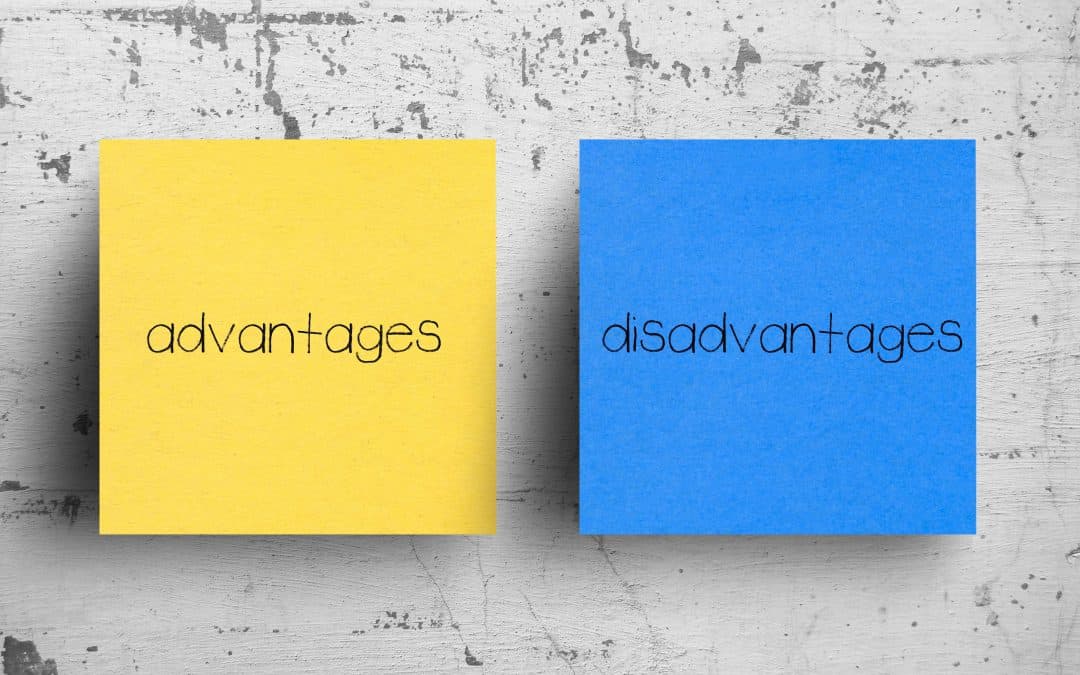The Single Transferable Vote (STV) is a form of proportional representation voting system which uses preferential voting, usually in multi-member constituencies. Candidates don’t need a majority of votes to be elected; all they require is a known ‘quota’, or share of the votes, determined by dividing the number of valid votes cast by the number of positions to be filled, plus one. Under STV, an elector has a single vote that is expressed by ranking the candidates in preference from ‘1’ until the elector cannot choose between the remaining candidates. As the count proceeds and candidates are either elected or eliminated, this vote can be transferred to other candidates according to the voter’s stated preferences.
In a Single Transferable Voting system very few votes are wasted; unlike other voting systems, particularly First Past the Post, where the votes of all but the winning candidate are wasted.
STV is arguably a much more representative and inclusive voting system as it gives voters more choice than any other system. This choice puts more power in the hands of voters, rather than the political parties: under other voting systems, political parties can more easily determine who is elected. Under STV some would say that an elected representative is much more accountable to the electorate than to their party superiors.
The advantages of the Single Transferable Vote system
- Under STV fewer votes are ‘wasted’ In other words, fewer votes are cast for losing candidates or unnecessarily cast for a run-away winner. This means that most voters can identify a representative that they personally helped to elect. It is argued that this, in turn, increases a representative’s accountability.
- With STV and multi-member constituencies, parties have a powerful electoral incentive to present a balanced team of candidates in order to maximise the number of higher preferences that would go to their candidates. This goes some way to helping promote the advancement of women and ethnic-minority candidates, who are often overlooked in favour of a ‘safer’ looking candidate under ‘first past the post’.
- STV offers voters a choice of representatives to approach with their concerns once the election is over, rather than just a single elected representative, who may not be at all sympathetic to a voter’s views. Competition to provide a good service to constituents has to be a good thing.
- Elected bodies with broader representation are more likely to be both reflective of the electorate’s views and more responsive to them. Parties are broad coalitions and can be markedly split on certain key issues. With only one party person per constituency, the representatives elected may not share the views of their electorate.
- There are no safe seats under STV, meaning candidates cannot be complacent and parties must campaign everywhere; not just in marginal seats.
- When voters have the ability to rank candidates, the most disliked candidate cannot win, as they are unlikely to pick up second, third and lower-preference votes.
- By encouraging candidates to seek first, as well as lower-preference votes, the impact of negative campaigning is significantly diminished. STV also removes the need for tactical voting.
- Under STV there is a more sophisticated link between a constituency and its representative. Not only is there more incentive to campaign and work on a more personal and local level, but also, the constituencies are likely to be more sensible reflections of where community feeling lies.
The disadvantages of the STV system
- In sparsely populated areas, like the Scottish Highlands, STV could lead to enormous constituencies. This was one of the reasons cited by the Arbuthnott Commission for not recommending STV for non-local Scottish elections.
- The process of counting the results takes longer under STV, meaning that results cannot usually be declared on the same night as the vote takes place.
- A voting system that allows voters to rank candidates can be prone to what has been termed ‘donkey voting’, where voters vote for candidates in the order they appear on the ballot.
- Voters only tend to come into contact with candidates at election time, whereas people in the party know them much better. Some argue that a system that allows a political party to parachute its preferred candidates into safe seats is better than one that leaves the choice more in the hands of the voters.
- In large multi-member constituencies, ballot papers can get rather large and potentially confusing
- For an independent assessment of your organisation’s electoral needs and impartial advice and guidance about the electoral system that best fits your requirements speak to UK Engage.
Voting and Election Support Services By UK Engage
Whether it is member engagement, achieving more candidates for nomination, or achieving increased voter turnout via postal ballots or online voting, UK Engage is a trusted election services provider that will strive to make your election a success, every time. Nominate, vote and engage with your voting electorate.
Taking a tailored approach to elections, ballots, polls, AGMs, referendums and consultations, our democratic voting services and experienced team deliver impartial and transparent contests.

